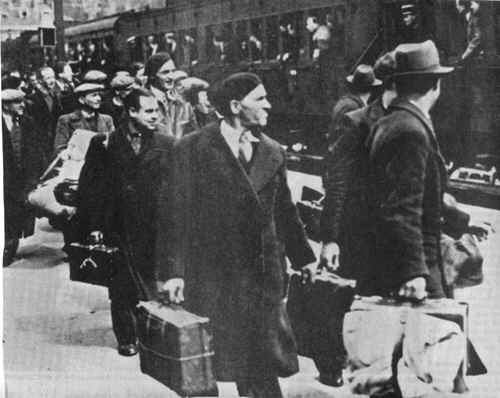
Drancy has become synonymous with the movement of Jews from France to the Nazi death camps. Drancy, some six miles north of the centre of Paris, had a rail station based there that allowed for the transportation of Jews to Poland. As a result Drancy became a transit camp. 75,000 Jews were deported from France, including 11,000 children, and many started their journey at Drancy.
As was common at other Nazi transit camps, many Jews were crammed into cattle wagons. The journey to Auschwitz took a day-and-a-half.
“I will never forget the awful way we were penned together for a day and a half in the train. How people could do such things to one another defies belief.”
Felix Szmidt
The transit camp at Drancy kept the Jews and other “undesirables” who were held there in appalling conditions. The huge majority of Jews who were sent to extermination camps from Drancy never returned to France. When the Allies liberated the camp on August 17th, 1944, they found 2,000 people still there – people whom the French police, SS and Gestapo, had rounded up. Drancy had been chosen as a holding pen for these people as it had originally been planned as a large public housing project and could accommodate large numbers.
Drancy started to be used by the Nazis in August 1941 and was meant to hold 700 people at any one time – though at its peak, 7,000 people were held at the camp. The French police controlled Drancy until July 3rd, 1943, when the Nazis took over the running of the camp as the Nazi drive to rid France of Jews gathered pace. It was to Drancy that Klaus Barbie, then a SS First Lieutenant, sent Jewish children captured in a raid of a children’s home. All were sent to Auschwitz where they were all murdered.
In 1976 a memorial by Shelomo Selinger to those held at Drancy was unveiled.